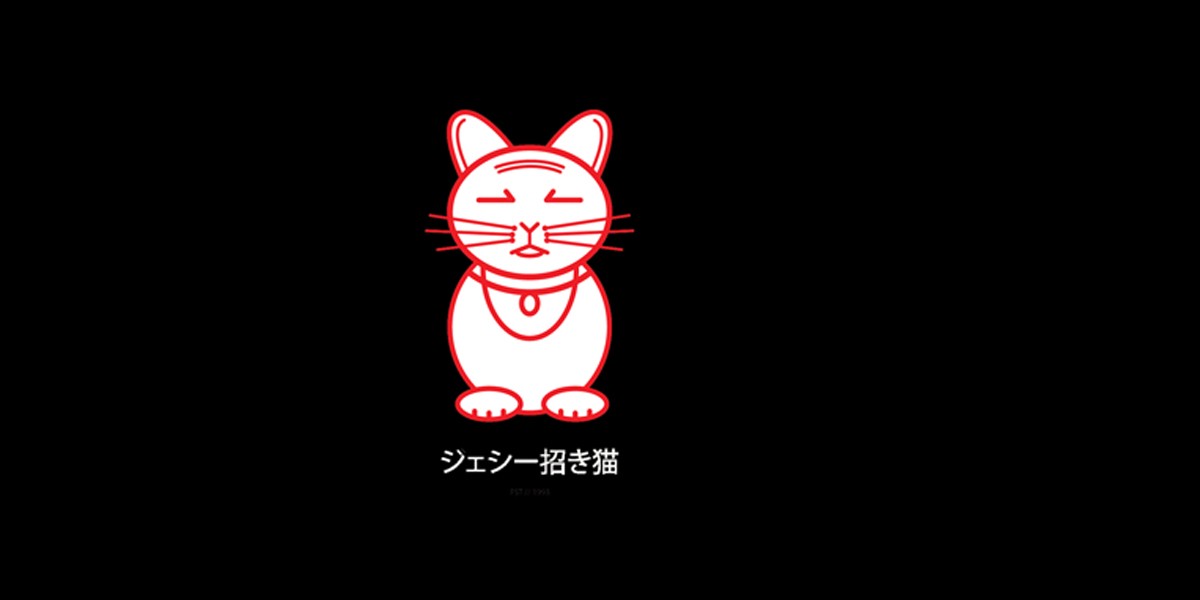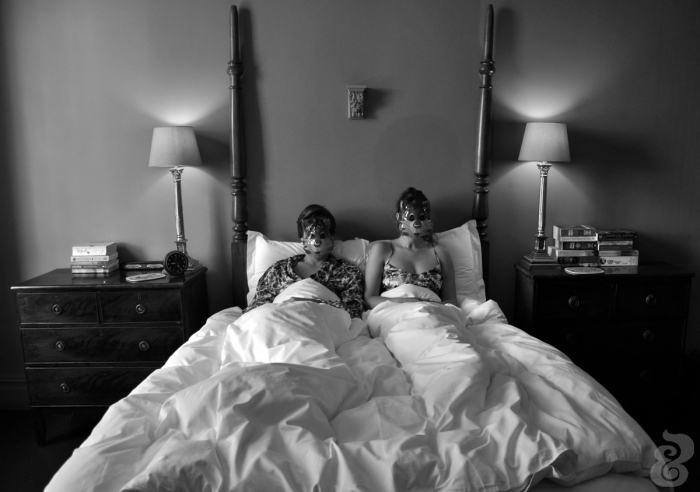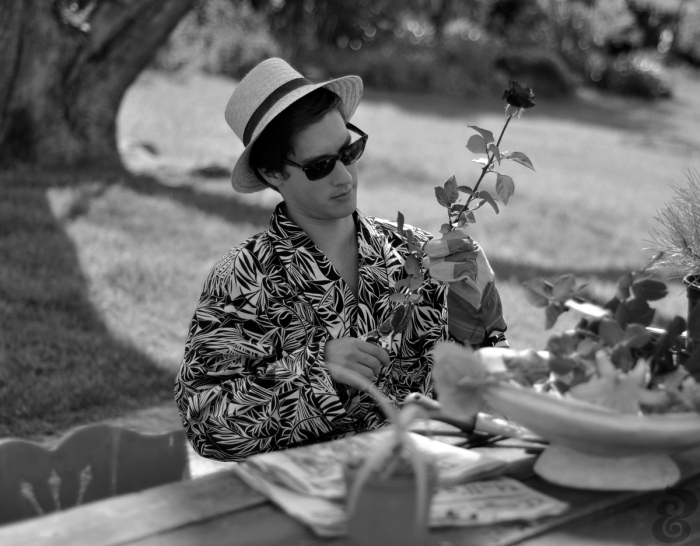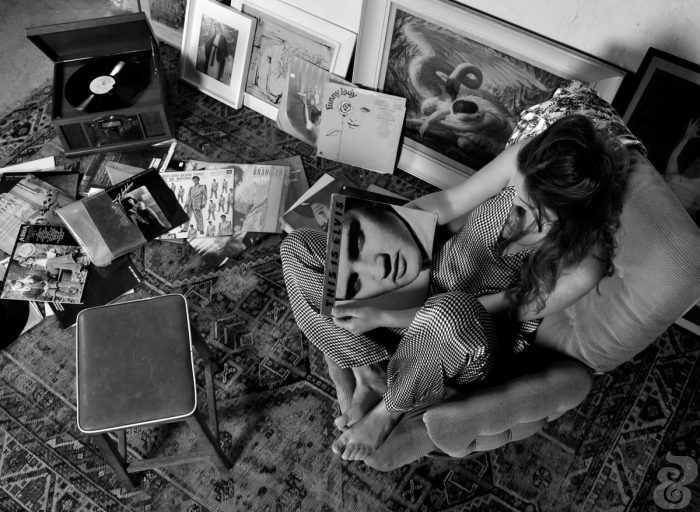Enter, the idea, or ‘the thesis’. The thing of knowledge, the starter of conversations, and often, perhaps, the end (or beginning) of ultimate confusion.
Life and it’s many twists and turns seems to always beg the question of what reality is and what is merely imagined within our own minds. Plato, the legendary philosopher philosophized endlessly on this topic. He came up with the allegory of the cave. In layman’s terms, this is simply a story about a cave.
“In the allegory, Plato likens people untutored in the Theory of Forms to prisoners chained in a cave, unable to turn their heads. All they can see is the wall of the cave. Behind them burns a fire. Between the fire and the prisoners there is a parapet, along which puppeteers can walk. The puppeteers, who are behind the prisoners, hold up puppets that cast shadows on the wall of the cave. The prisoners are unable to see these puppets, the real objects, that pass behind them” (Cohen, 2006). The story goes that these prisoners – living in these conditions – would begin to ultimately mistake this for reality. If only ever looking in one direction, devoid of perspective and former knowledge or experience, you begin to perceive reality as simply what is in front of you. You ask no questions, imagine nothing more, think plainly about what you merely see.
In the allegory of the cave, Plato speaks to how the people in the cave relate and react to stimuli around them. A book gets passed around and casts a shadow on the infamous wall in front of them. When talking about the book they are in fact actually talking about the shadow it casts on the wall. A break in reality perhaps as they are speaking not to a real, tangible item but rather to an illusion of what could be real. When we talk about things in daily life we often refrain from talking about the actual thing itself and merely – in the allegory of the cave scenario – we talk to and about the shadow of the item. A figment of what could potentially be real.
We need to learn that having our knowledge of things based on the idea of it (the shadow) we cannot fully acknowledge that we know it. The prisoners could say that they knew about the books but only from their experience of the books shadows. If they maintained that the actual book was something that they experienced and knew, they would be wrong.
Cohen, 2006. The Allegory of the Cave. [ONLINE] Available at: http://faculty.washington.edu/smcohen/320/cave.htm [Accessed 5 August 2015]




























































